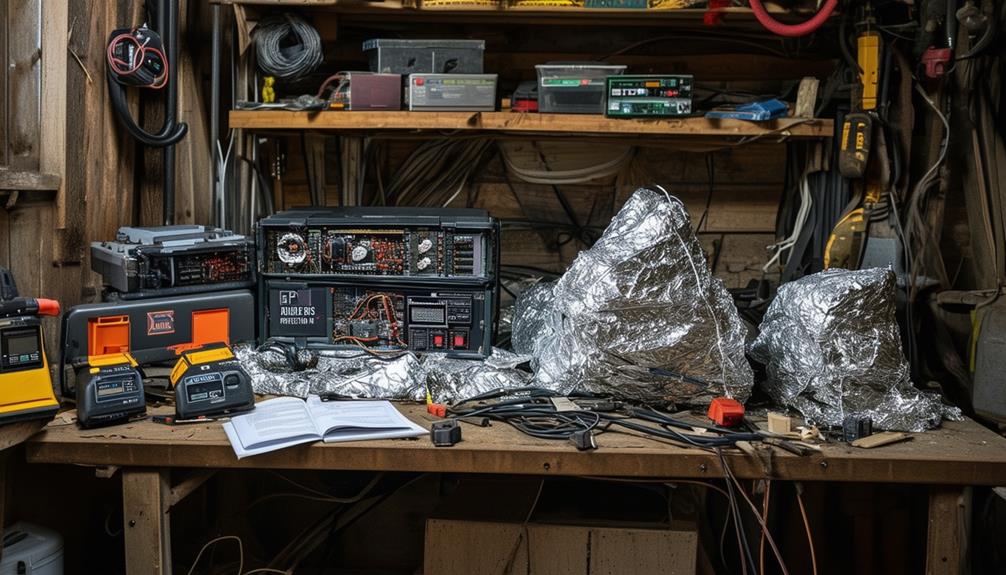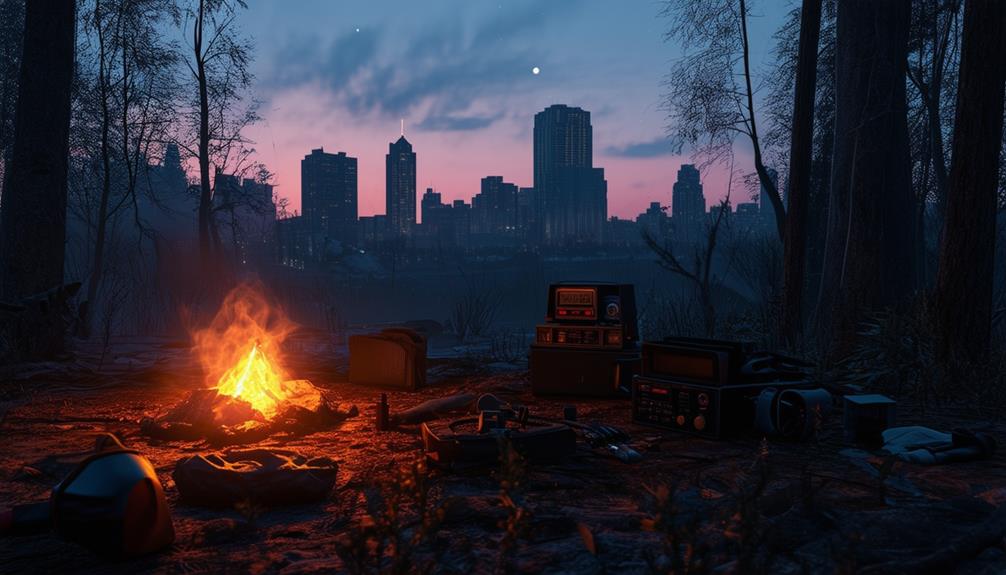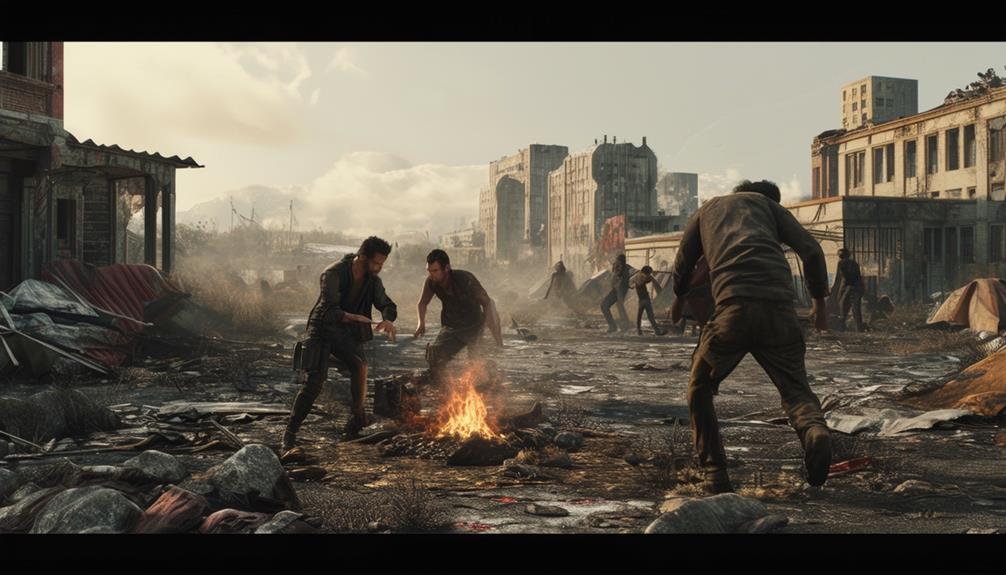Bugging Out in High Density Population Centers: Essential Strategies for Urban Evacuation

Choosing a safe retreat location is crucial for those seeking to prepare for potential emergencies. One key factor to consider is the population density of the area. Experts recommend selecting a spot far from large groups of people. This distance can provide better security and reduce risks during crisis situations.
Remote areas offer several benefits for those looking to be self-sufficient. These locations tend to have more natural resources and space for growing food or raising animals. They also allow for a quieter lifestyle away from the stresses of crowded cities. While isolated spots may have less community support, they make up for it with increased privacy and control over one's surroundings.
Why Staying Clear of Urban Centers During Emergency Evacuations is Essential
Urban areas pose significant challenges during crisis situations. Densely populated cities can quickly become dangerous when resources are scarce and social order breaks down. Knowing the risks associated with large metropolitan areas is crucial for anyone planning emergency evacuation strategies.
Major Risks in Urban Areas That Threaten Survival
Large cities face unique threats during disasters:
- Strained Systems
- Roads become gridlocked
- Utilities fail under high demand
- Emergency services overwhelmed
- Resource Scarcity
- Food and water supplies run out fast
- Medical supplies become limited
- Fuel shortages restrict travel
- Increased Crime
- Looting and theft rise
- Violence erupts as people get desperate
- Law enforcement stretched thin
- Disease Spread
- Illnesses spread rapidly in close quarters
- Sanitation issues lead to health problems
- Hospitals reach capacity quickly
- Information Blackouts
- Cell networks overload or fail
- Internet access becomes unreliable
- TV/radio stations may go off-air
Rural areas often provide better options for safety and self-reliance during emergencies. They typically have:
- Lower population density
- More natural resources
- Fewer security risks
- Better access to shelter
When selecting a place to go during a crisis, consider locations away from major cities. Look for areas with:
- Natural water sources
- Abundant wildlife
- Multiple escape routes
- Low population
Planning ahead is key. Know several possible routes out of urban areas. Have maps of rural regions and potential safe locations. Stock supplies to last until reaching a secure area.
Staying informed is crucial. Have backup communication methods like:
- Battery-powered radios
- Satellite phones
- Ham radios
Be ready to leave quickly if needed. Keep a "go bag" packed with essentials:
- Water and non-perishable food
- First aid supplies
- Clothing and blankets
- Tools and fire starters
- Important documents
Practice your evacuation plan regularly. Know how long it takes to reach safe areas. Be familiar with alternate routes in case main roads are blocked.
Remember, timing is critical. Leaving early before roads clog up increases chances of reaching safety. Waiting too long may trap you in a dangerous urban environment.
By understanding the risks of staying in cities during emergencies and planning accordingly, you improve your odds of survival. Always prioritize safety and be prepared to adapt plans as situations change.
Population Density Charts
Least Crowded U.S. Counties in 2020
Some parts of the U.S. have very few people living in them. Here's a list of the 20 counties with the fewest people per square mile in 2020:
- Yukon-Koyukuk, Alaska - 0.03
- Lake and Peninsula, Alaska - 0.06
- Yakutat, Alaska - 0.10
- North Slope, Alaska - 0.10
- Denali, Alaska - 0.16
- Northwest Arctic, Alaska - 0.21
- Esmeralda, Nevada - 0.25
- Dillingham, Alaska - 0.26
- Garfield, Montana - 0.26
- Kenedy, Texas - 0.28
Many of these areas are in Alaska, where cold weather and rugged terrain make it hard for people to live. Some counties in Nevada, Montana, Texas, and New Mexico also have very few people. These places often have lots of open land and natural resources.
Most Crowded U.S. Counties in 2020
On the other hand, some parts of the U.S. have a lot of people living close together. Here are the 20 counties with the most people per square mile in 2020:
- New York, New York - 70,828
- Kings, New York - 42,514
- Bronx, New York - 35,089
- Queens, New York - 21,162
- San Francisco, California - 18,352
- Hudson, New Jersey - 11,889
- Suffolk, Massachusetts - 11,683
- District of Columbia - 10,799
- Philadelphia, Pennsylvania - 10,772
- Manassas Park, Virginia - 10,407
Many of these crowded areas are in big cities like New York, San Francisco, and Los Angeles. These places have tall buildings where lots of people can live and work. They also have good public transit, which helps people get around without cars.
Living in crowded cities can be tough. There might not be enough food or water if something goes wrong. Crime can also be a problem in big cities. Some people think it's safer to live in less crowded areas.
Most Americans live in the eastern part of the country. About 65% of people in the U.S. live within 100 miles of the border. This includes the coasts and the area near Mexico and Canada.
Important Questions to Consider
Choosing a Safe Spot to Leave
Pick a place away from cities. Look for areas with few people, clean water, and food sources. Think about how you'll get there and if you can stay long-term.
Impact of Crowded Areas on Leaving Plans
More people make it harder to leave quickly. Roads get jammed. Supplies run out fast. Plan different routes and leave early if possible.
Dangers of Staying in Busy Places During Emergencies
- Not enough food, water, or medicine
- Higher crime rates
- Overwhelmed hospitals and emergency services
- Greater risk of disease spread
- Damage to key systems like power and sewage
Getting Ready to Leave Cities Fast
- Pack a go-bag with essentials
- Keep your car fueled up
- Know multiple ways out of the city
- Have a meet-up spot for family members
- Practice your exit plan
Tips for Safe Travel from Packed Areas
- Leave at night or very early morning
- Use back roads instead of highways
- Bring paper maps in case GPS fails
- Stay informed with a battery-powered radio
- Travel in groups if safe to do so
Key Parts of an Urban Exit Plan
| Item | Details |
|---|---|
| Destination | Pick 2-3 possible safe spots |
| Routes | Map out main and backup paths |
| Supplies | Food, water, first aid for 72 hours |
| Communication | Agree on ways to contact others |
| Important papers | ID, insurance, medical info |




